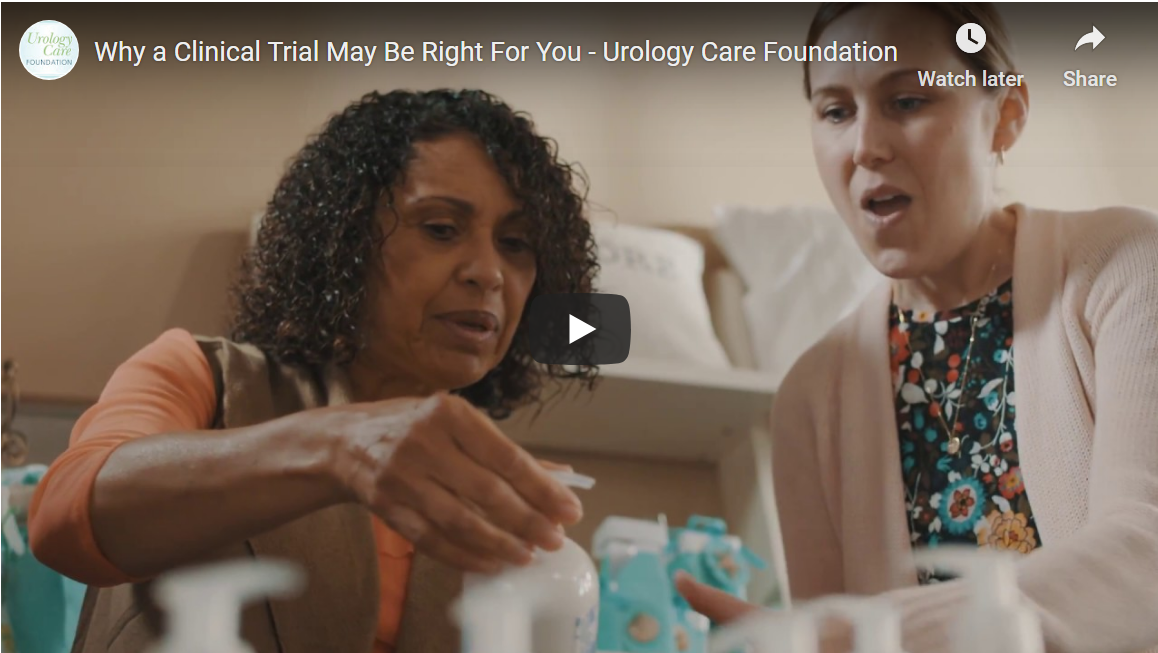Baltimore, MD, June 15, 2021—June is Men’s Health Month - the perfect time to raise awareness about men’s health issues, including those related to their sexual health. Discussion and treatment of testosterone deficiency, also known as Low-T, has received increased public attention through as a result of the many television, radio, print and digital ads. This has resulted in men seeking improper care through apps on their phone, online websites or potentially at a testosterone replacement clinic. Low-T is a medical condition that can be misunderstood and misdiagnosed. So, here are the facts.
Testosterone is the sex hormone that helps boys mature into men. During puberty (in the teen years), testosterone helps boys develop male features like body and facial hair, deeper voice and muscle strength. Testosterone also stimulates sperm production, as well as a man’s sex drive. The level of testosterone changes throughout a man’s life, based on their body’s needs and age. But when these levels become too low and your body physically cannot increase the levels, it is known as low testosterone (male hypogonadism).
You may have low testosterone if you have the following:
- Reduced sex drive
- Fewer and weaker erections
- Less energy
- Depressed mood
- Less muscle mass and strength
- More body fat
- Anemia (low iron)
- Loss of bone strength
The American Urological Association (AUA) defines low testosterone as having levels less than 300 nanograms per deciliter (ng/dL). A normal range is between 300 and 1,000 ng/dL. A blood test can measure your testosterone levels. It may take several measurements of testosterone in the blood to make a diagnosis since testosterone levels tend to change throughout the day. Levels are generally higher in the morning, which is why doctors prefer to measure testosterone levels in the early morning, preferably between 8am-10am.
Common myths about Low-T:
Myth #1: Low testosterone is a normal part of aging
Fact: Low testosterone can develop at any age for a number of reasons. As you get older, your testosterone levels gradually decline – typically about 1 percent a year after age 30. But having a natural decline does not mean you have low testosterone, which is why it’s important to talk to your urologist to determine if your low testosterone level is due to normal aging or something else. Treating normal aging with testosterone replacement therapy is not recommended.
Myth #2: Low testosterone only affects a man's sex drive
Fact: While one of the signs of low testosterone is loss of sex drive, low testosterone can be linked to mood swings, fatigue, low energy and a lack of drive to get up and do things. Some signs of low testosterone can also be caused by other health conditions, which is why it’s important to talk to a board certified urologist for a diagnosis.
Myth #3: It's safe to order testosterone supplementation online
Fact: Testosterone medications are controlled substances that can only be prescribed by a physician. Men who use testosterone without physician supervision run several risks. Excessive use can lead to enlarged breasts. Very high levels of testosterone can increase your risk of blood clots and stroke. Patients need to be closely monitored to ensure testosterone levels stay within the appropriate range.
“A full medical evaluation by a urologist is recommended to determine why a man is having symptoms of low testosterone,” said Harris M. Nagler, MD, president of the Urology Care Foundation. “Management of testosterone deficiency may include lifestyle changes as well as medical therapy. Work with your doctor to determine the benefits of testosterone therapy versus the risks.”
The Foundation has launched its Men’s Health Month Info Center promoting resources to help men achieve better urologic heath. In addition, a downloadable fact sheet on testosterone replacement therapy is available for free.
About the Urology Care Foundation: The Urology Care Foundation is the world's leading nonprofit urological health foundation, and the official foundation of the American Urological Association. Partnering with physicians, researchers, healthcare professionals, patients, caregivers, families and the public, the Foundation supports and improves urologic clinical care by funding research, developing patient education and pursuing philanthropic support. To learn more about the Urology Care Foundation and its programs visit: www.urologyhealth.org.
About the American Urological Association: Founded in 1902 and headquartered near Baltimore, Maryland, the American Urological Association is a leading advocate for the specialty of urology and has nearly 24,000 members throughout the world. The AUA is a premier urologic association, providing invaluable support to the urologic community as it pursues its mission of fostering the highest standards of urologic care through education, research and the formulation of health policy. www.AUAnet.org.
Media Contact
Teri Arnold, Corporate Communications and Media Relations Manager
Cell: 757-272-7002, tarnold@auanet.org
Explore Further
Why a Clinical Trial Might Be Right for You
Learn how a clinical trial may be a good option for you with this informative video.
We're On a Global Mission!
Learn more about our global philanthropic initiatives.



